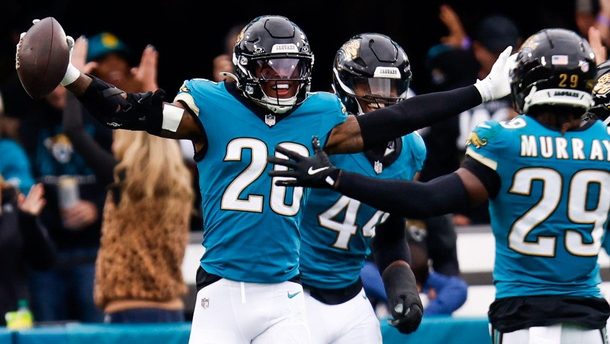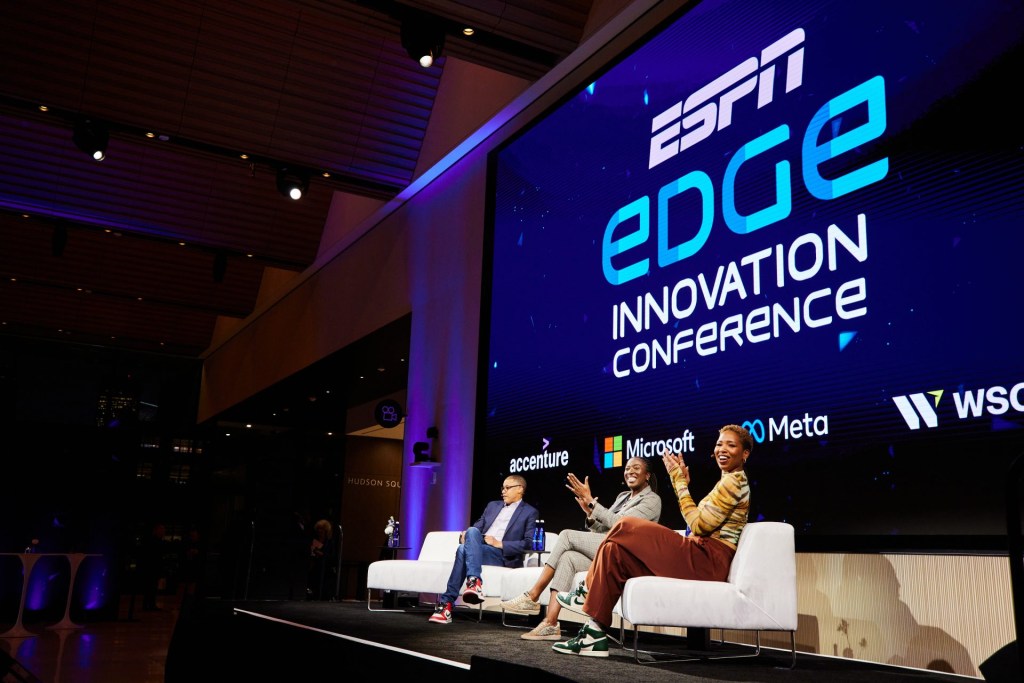
Photo Credit: Gary A. Vasquez-USA TODAY Sports
A single basketball game can cater to a wide variety of audiences but rarely will that ring truer than Sunday afternoon’s broadcast between the Knicks and Lakers.
Turn on MSG, and you’ll hear Kenny Albert and Clyde Frazier break down the battle of two of the league’s most storied franchises. Tune into MSG+, though, and the same action will instead be called by talent from Overtime.
The simulcast represents one of the first major collaborations between the legacy brand and the new media upstart after MSG Networks invested in the two-year-old company as part of a Series B funding round last month. It’s also the sort of experiment that could provide a glimpse into the future of sports broadcasting.
READ MORE: GENERATION Z’S IMPACT ON SPORTS CONTENT STRATEGY
“I think people still want to watch the game, they still want to understand what’s going on and those things ring true of traditional broadcasts,” says Zack Weiner, Overtime’s co-founder and president. “But they want the people on screen to maybe be a little bit more relatable, be able to incorporate more things about pop culture and ultimately, too, feel a little more like their friend.”
The melding point between tradition and innovation is a microcosm of MSG and Overtime’s budding partnership. Each has something the other wants. For MSG, it was better access to Generation Z, the elusive demographic that Overtime has been able to connect to like few other sports broadcast entities.
“It was not necessarily, ‘We need to do something for young people,’ but it was, ‘How do we start to engage this audience for the future?’” says Kevin Marotta, MSG Networks senior vice president of marketing and content. “There’s a recognition that there are some brands out there who do it really well. That sort of led us down the path with Overtime.”
[mc4wp_form id=”8260″]
For Overtime, it was MSG’s cache and assets, as well as the appeal of working with a legacy brand that Weiner credits for adapting well in the face of changes within the industry.
“There’s a lot of traditional media companies where I’ve walked into the room and talked about partnerships and it’s just very clear that the first step in any partnership with them is going to be them understanding that things have changed,” Weiner says. “I would say that’s either sort of inherent to companies or it’s not. And for MSG Networks, it felt very inherent. It felt like they understood that.”
All of that comes to a head on Sunday for game that will also make waves by becoming the first-ever regular season NBA game broadcast via FB Watch in the United States. MSG has prior experience with simulcasts thanks to a 2017 collaboration with Draft Kings that assessed the game through a fantasy-centric lens. They’ve decided to up the ante with this time around. The Overtime broadcast will be exclusively called by their own talent, including former Southern Illinois player Camron Smith, former Georgetown player Monica McNutt, Jesse “Filayyy” Jones and Laurence “Overtime Larry” Marsach. But MSG also has built out a custom graphics package to further differentiate the two broadcasts from one another.
“We really looked at this not as a ‘How do we tweak our broadcast with this new talent for a young audience?’ but, ‘How do we create a broadcast for this audience?’” Marotta says.
Both parties insist that Sunday is a test case, one they won’t judge by raw ratings nearly as much as metrics like watch time and social media engagement. Weiner, in particular, is optimistic about collaboration in a number of spaces moving forward, irrespective of how the simulcast is the start of something new or a one-off.
READ MORE: OVERTIME CAPITALIZES ON WOMEN’S BASKETBALL BUZZ WITH OVERTIMEWBB
“Our sort of laboratory to experiment in, I would make the case that it’s extremely unique,” he says. “I think what we’re doing with a younger audience is pretty singular, and I think MSG’s rights portfolio and their established brand is incredible. When you put those things together, you create a really interesting sort of laboratory to play with it.”
Nevertheless, he remains optimistic about the simulcast as a jumping off point for a new sort of sports broadcast, one which finds a common ground that can appeal to any sort of audience.
“Do I think that doing one broadcast between MSG and Overtime is going to completely change everything? No,” Weiner says. “But do I think it’s a huge step in the right direction? Absolutely. I think both parties are going to learn a lot and think that both of our audiences are going to be really pleased with the product and say, ‘Oh, I want to see even more of that.’

















